Redvein Dock (Rumex sanguineus), also known as Bloody Dock, Red Veined Dock, Red-Veined Sorrel, or Red Veined Sorrel, is a striking perennial from the Polygonaceae family. Native to Europe and Northern Iran, this versatile plant thrives in USDA hardiness zones 4 through 8 and is often grown for its ornamental foliage.
With its vibrant red veins against lush green leaves, redvein dock adds a dramatic touch to gardens. Though edible, it should be consumed sparingly due to its oxalic acid content, which may cause stomach discomfort. Younger leaves are tender and can be eaten raw or cooked, offering a flavor reminiscent of chard or spinach. However, older leaves tend to develop a tougher texture and a bitter taste.
This hardy plant is a popular choice for both its aesthetic appeal and its functional uses in the garden.
| Common name | Redvein Dock, Bloody Dock, Red Veined Dock, Red-Veined Dock, Red Veined Sorrel, Red-Veined Sorrel |
| Botanical name | Rumex sanguineus |
| Family | Polygonaceae |
| Species | sanguineus |
| Origin | Europe, N. Iran |
| Life cycle | Perennial |
| Plant type | Annual |
| Hardiness zone | 4, 5, 6, 7, 8 |
| Sunlight | Full Sun |
| Maintenance | Low |
| Drainage | Well-Drained |
| Spacing | 12 in. – 3 ft. |
| Flowering period | Summer |
| Height | 1 ft. – 1 ft. 6 in. |
| Flower color | Brown, Copper |
| Leaf color | Green |
| Fruit color | Brown, Copper |
| Stem color | Green |
| Fruit type | Achene |
| Leaf benefit | Edible |
| Garden style | Edible Garden |
| Uses | Container |
I. Appearance and Characteristics
Rumex sanguineus, commonly known as wood dock, bloody dock or red-veined dock, is a perennial flowering plant species in the family Polygonaceae.
Rumex sanguineus is commonly found in most of Europe south of about 60 degrees north, though not in Russia and rarely in the Mediterranean. It inhabits damp, shady places, especially in woodland. It is a crop-weed that can be found on less arable fields on the outskirt vegetation surrounding arable fields. Rumex sanguineus is not native to North America with most reports of Rumex sanguineus being confused with R. conglomeratus or immature R. obtusifolius.
The leaves are situated to the base of the plant only. They are deciduous to partially persistent at maturity. The blade of the leaf is lance shaped with a more or less pointed base at the end and on average measure 10–30 × 2.5–6 cm. Rumex sanguineus flowers in the summer in moist and riparian habitat. Flower is terminal and occupies the top 2/3 of the stem. Inflorescence is lax, interrupted, broadly paniculate. The pedicel, stalk bearing the inflorescence, is proximal 1/3 and rarely in the middle of the filiform. In general, it is larger than the inner tepals with distinctly swollen articulation. When flowering there are normally ten to twenty flowers in each well-spaced whorl. Achenes are dark reddish brown to almost black.
It is differentiated from the very similar Rumex conglomeratus by a more slender and erect habitus.
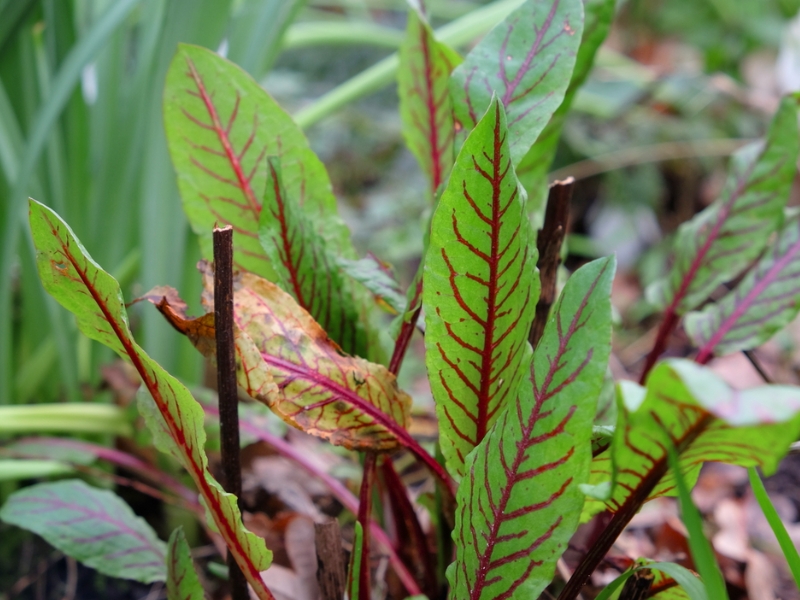
II. How to Grow and Care
Sunlight
Redvein dock thrives best in full sun conditions where it receives bright and unfiltered light for at least six hours per day. It can, however, tolerate partial sun, making it versatile in various planting locations. When not provided with optimal sunlight, redvein dock’s growth can be less vigorous, and its distinctive leaf colors may not be as pronounced. In regions with intense sun, some afternoon shade can be beneficial to prevent possible leaf scorch. Outdoors, redvein dock should be positioned to ensure access to its preferred light intensity, typically within open areas that are not heavily shaded. Adaptive traits like leaf orientation may occur in response to light changes to maximize photosynthesis.
Watering
Originating from damp habitats, redvein dock thrives in consistently moist soil conditions. This species exhibits a preference for regular hydration but can tolerate short periods of dryness. For optimal growth, watering every week is recommended to mimic its natural environment. As an herbaceous perennial commonly grown outdoors, redvein dock benefits significantly from rainwater, which provides the ideal pH balance and natural nutrients essential for its development.
Fertilizing
Fertilize redvein dock with high nitrogen fertilizers to encourage lush foliage. During the growing season, apply once monthly at half-strength, ensuring even distribution and avoiding direct contact with leaves to prevent burn. The extra nutrients support vigorous growth and improved plant health. Adjust frequency to every 6-8 weeks in fall and winter, as redvein dock’s growth slows. Always water redvein dock thoroughly after fertilizing to help soil absorption. Over-fertilization can lead to salt buildup; if signs of stress appear, leach the soil with water. Using organic fertilizers can promote soil health alongside redvein dock’s growth.
Propagation
Redvein dock is commonly propagated through sowing, with Spring being the ideal season for this method. It has an average propagation difficulty, showing signs of success through initial sprouting. Maintain optimal moisture levels for better propagation results.
Transplanting
The best time to transplant redvein dock is during the refreshing period of early to mid-spring. Choose a location with well-draining soil and partial to full sun. To ensure successful transplantation, gently loosen the root ball before placing it into the ground.
Repotting
Repot redvein dock every 2-3 years to accommodate its moderate growth as a lush, leafy ground-cover plant. Best repotted in early spring, just before the growth season for minimal stress and optimal root development. Select a pot that’s 2 inches larger than the current to allow for expansion. After repotting, ensure consistent moisture and avoid direct sunlight to promote recovery and robust growth for this striking foliage plant.
III. Uses and Benefits
The wood dock is edible. However, as it contains antinutritive and harmful oxalic acid and its salts (oxalates), it is slightly poisonous and should therefore not be eaten in large quantities. (The contents are lower than in the related and better-known sorrel.) It is both used as a wild vegetable and cultivated, with plants and seeds being commercially available. It contains considerable amounts of vitamin C and carotene.
Normally the (preferably young) leaves are eaten, for example in salads. However, related species such as garden sorrel and French sorrel are generally preferred when it comes to vegetable use.
In comparison, the wood dock is said to have less taste and more ornamental values. Since mainly the leaves are valued, the less conspicuous inflorescences are often removed early on to promote stronger and bushier leaf growth and also to prevent (possibly heavy) uncontrolled spreading.
Find Where to Buy the Best Redvein Dock (Rumex sanguineus)

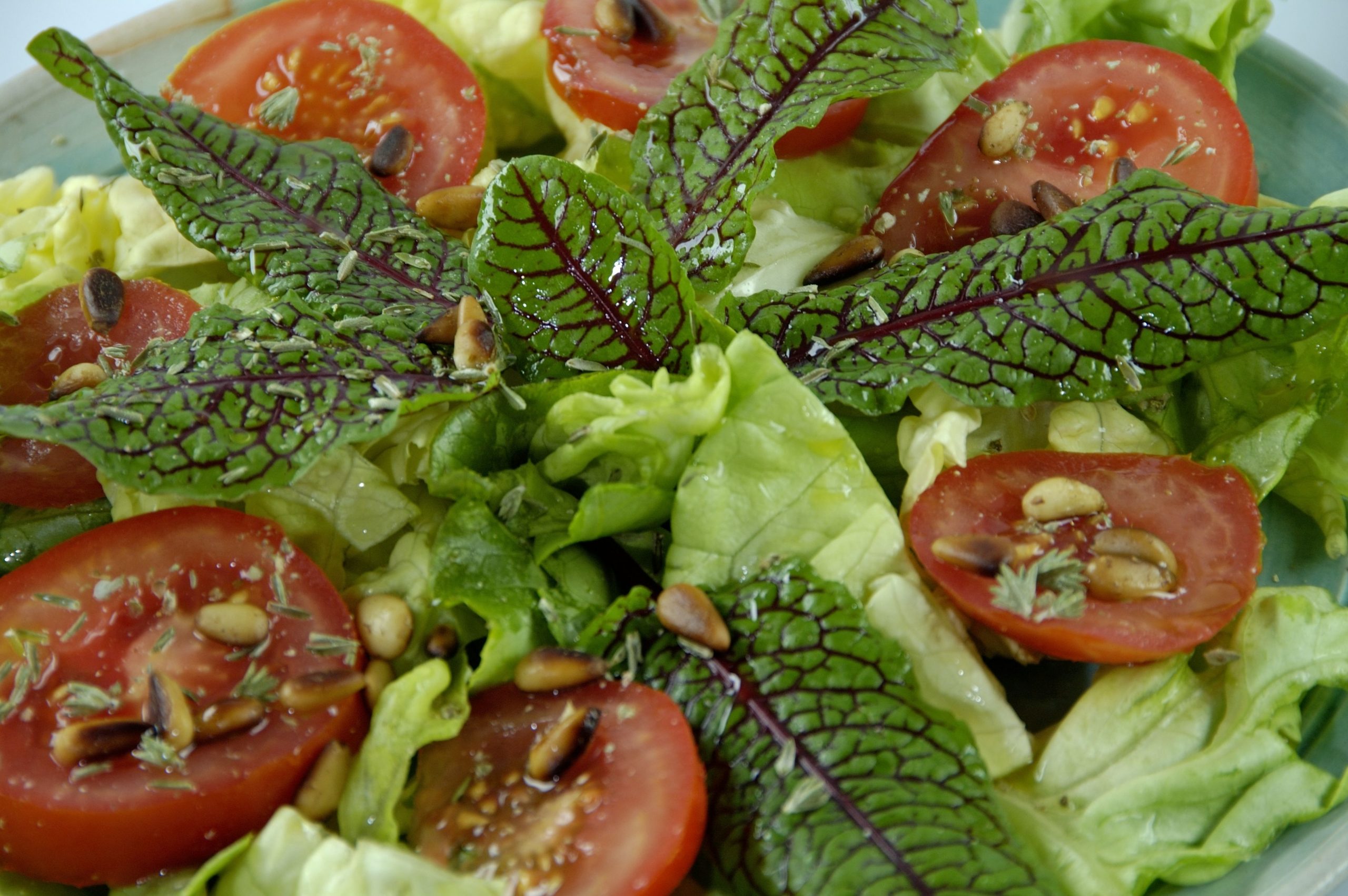



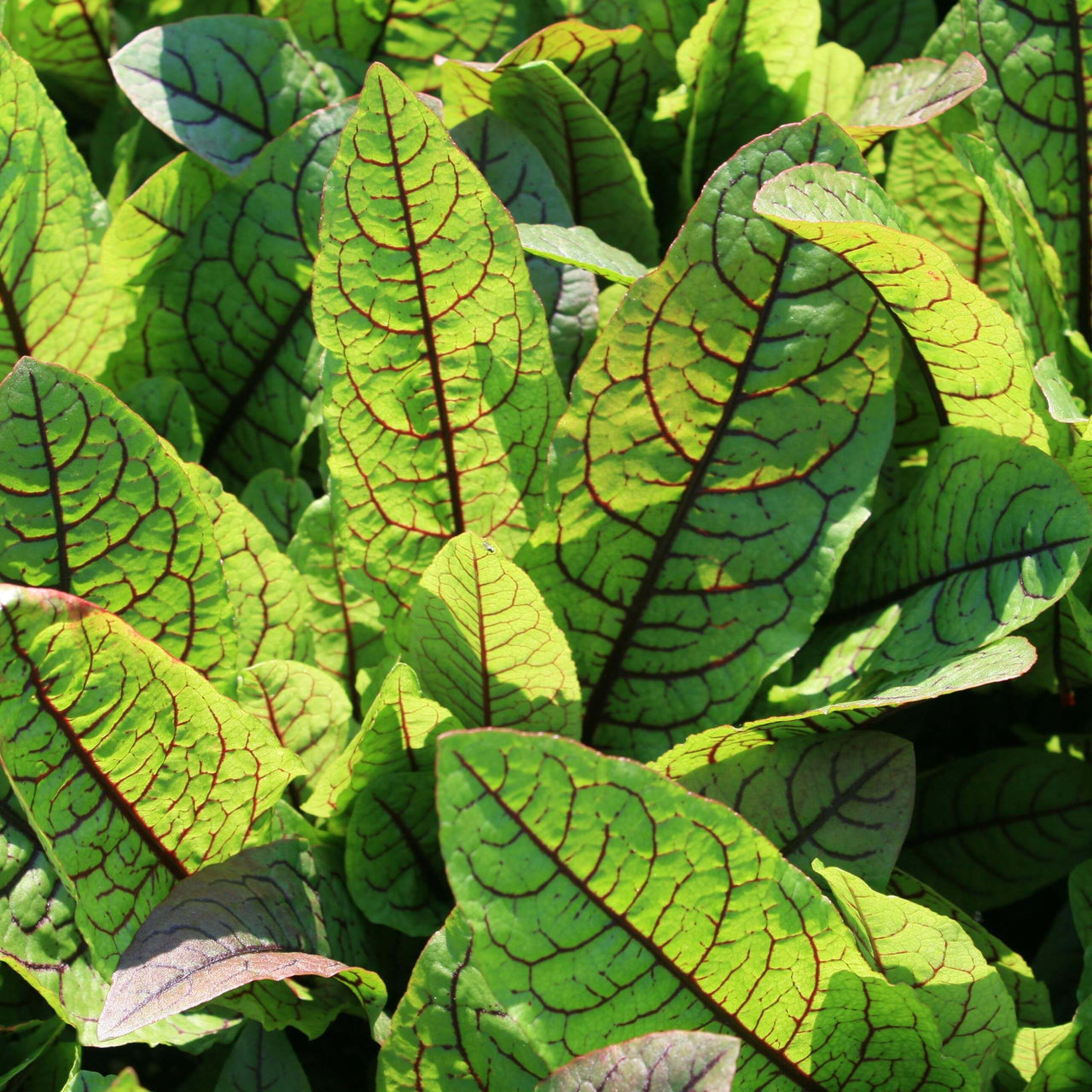

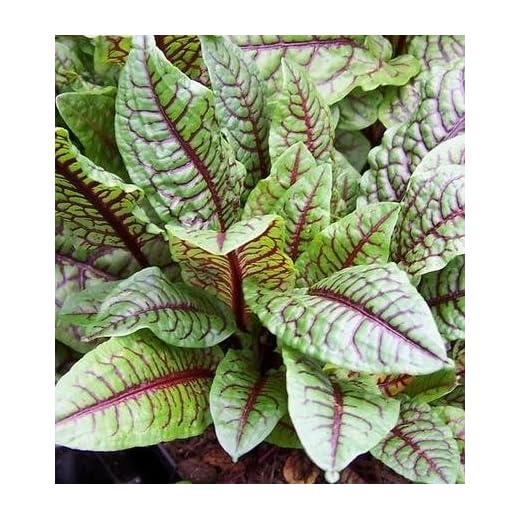


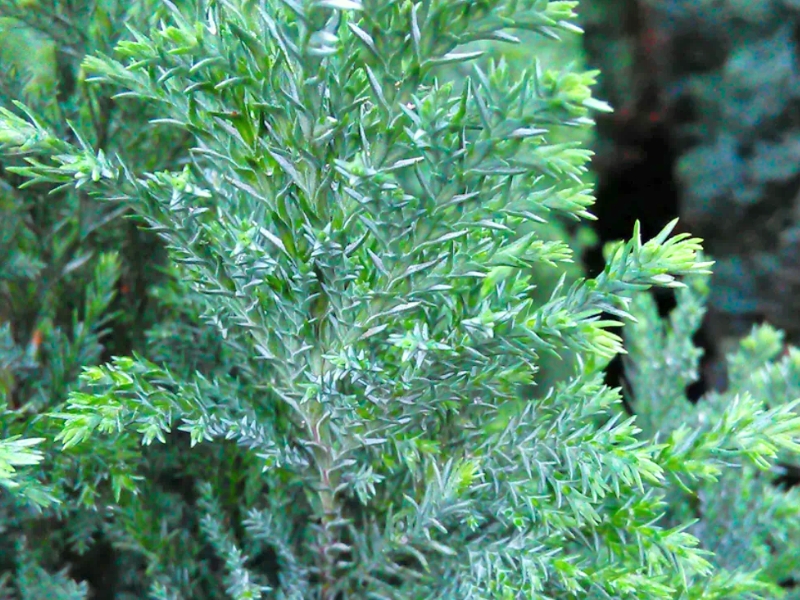
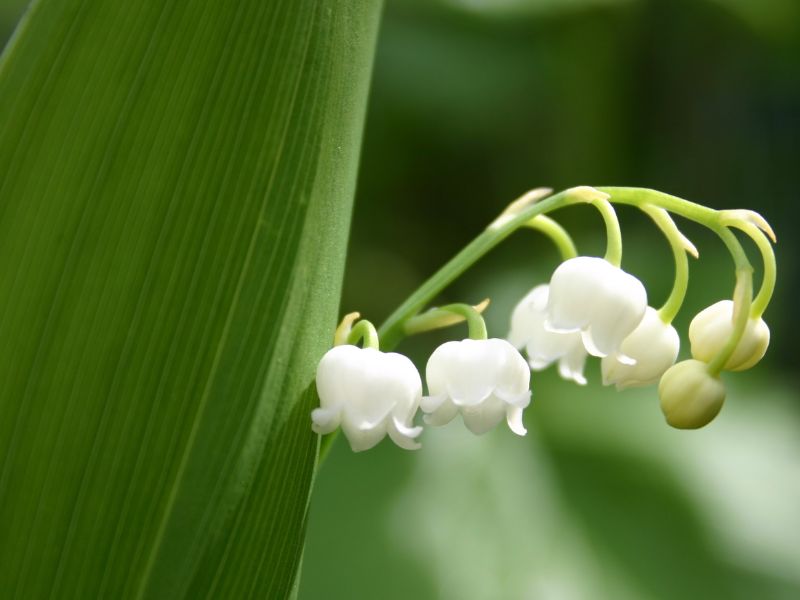
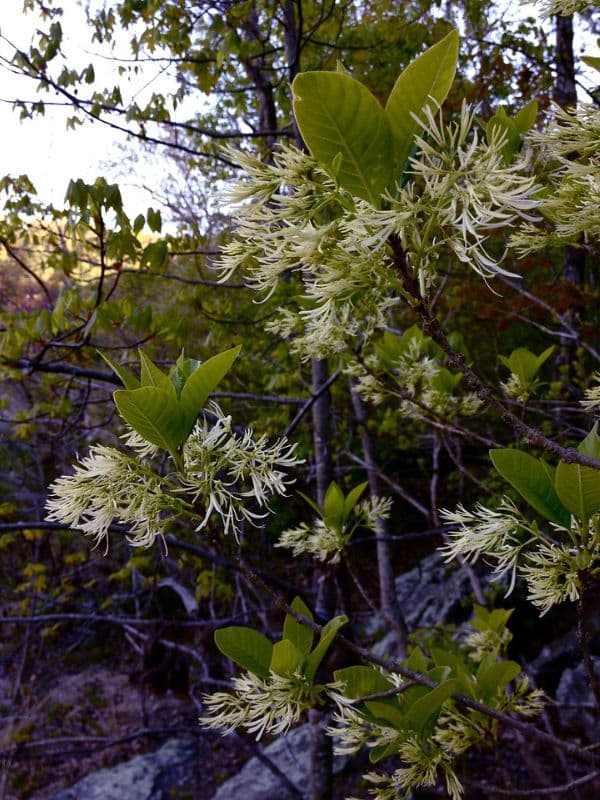
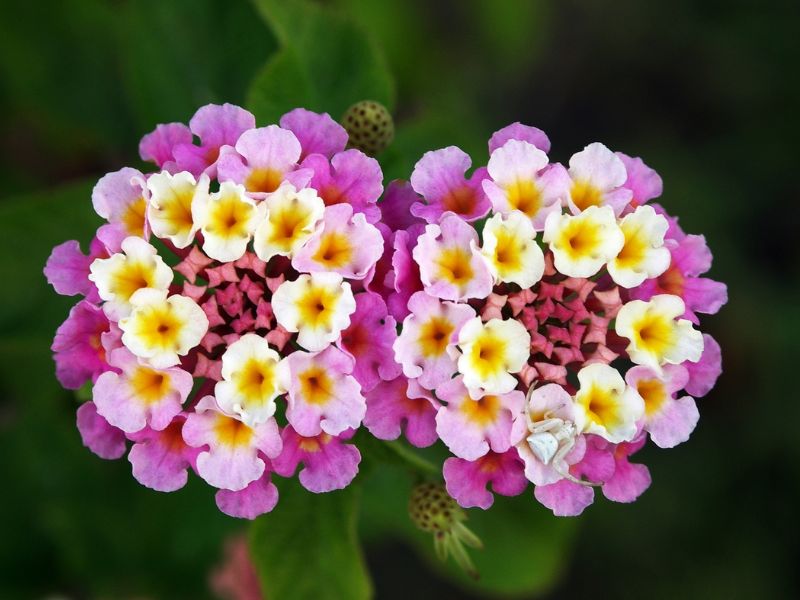
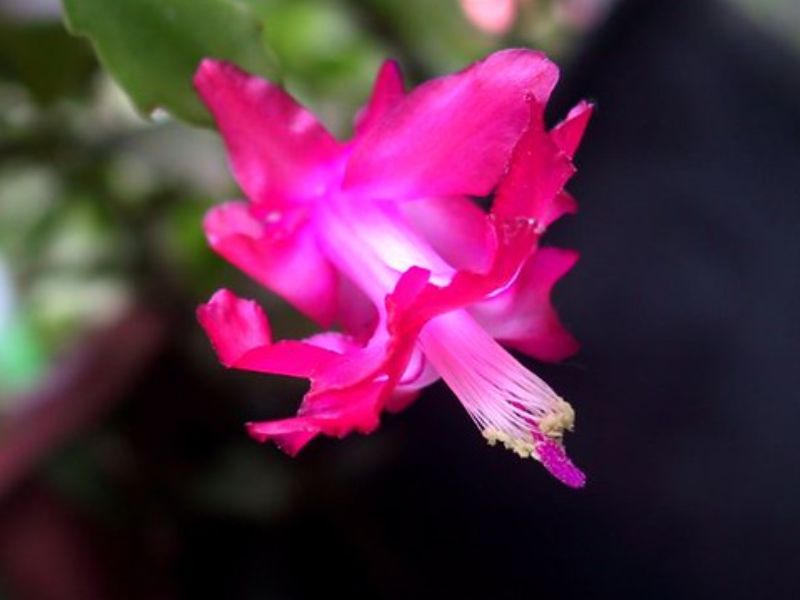
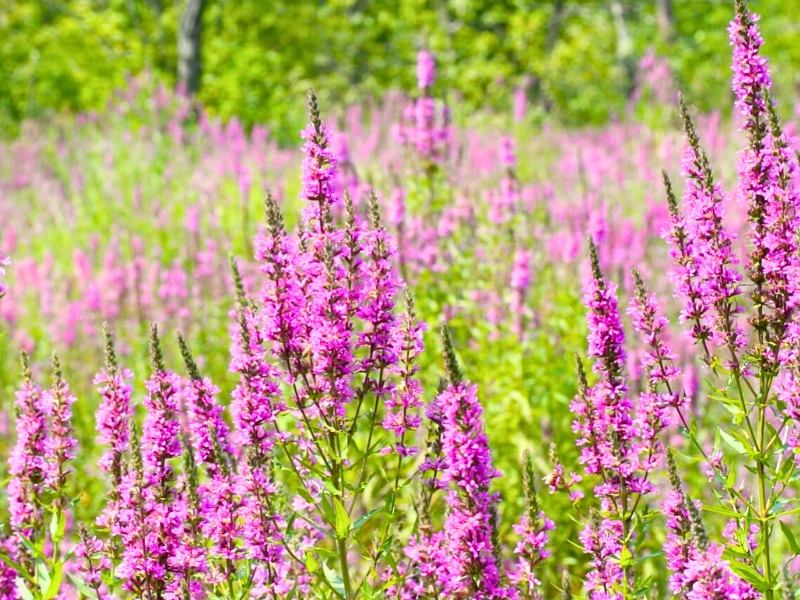
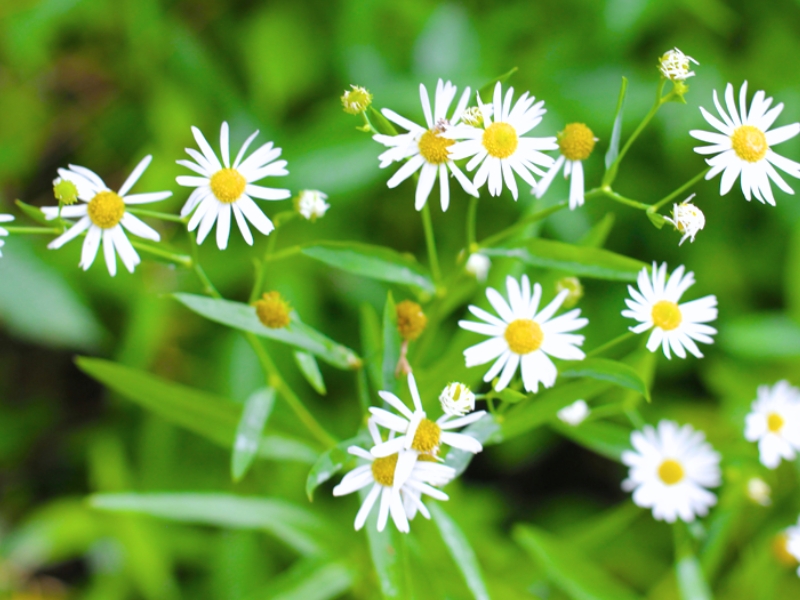
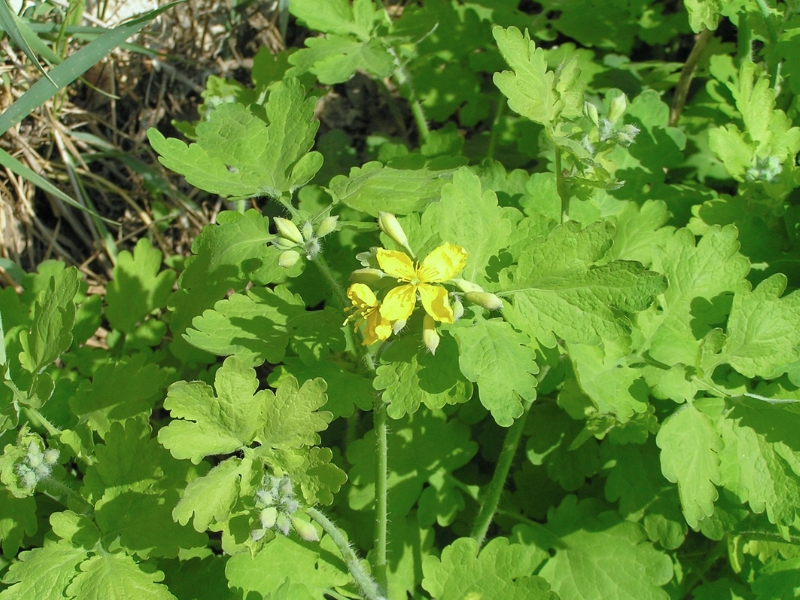
Leave a Reply